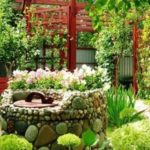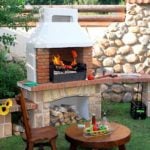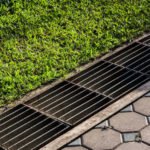Now, when the range of roofing materials is huge, you need to choose the most suitable one correctly and slowly. Let’s analyze the main criteria that must be taken into account when buying coverage.
What to pay attention to
Each type of roof is distinguished by its performance characteristics, the cost of the roofing material and the supporting base, the complexity of installation, and the reliability of the structure.
Cost
As a rule, cheap coatings have a short service life, while expensive ones are more durable. It is necessary to take into account not only their cost, but also the cost of additional and shaped elements, fasteners, the cost of installing a roof pie and load-bearing elements.
Configuration
The shape of the roof is one of the factors that influence the choice. The fact is that large-format materials are not profitable to use on the roof of a complex configuration due to the large amount of waste and many additional operations for cutting blanks.
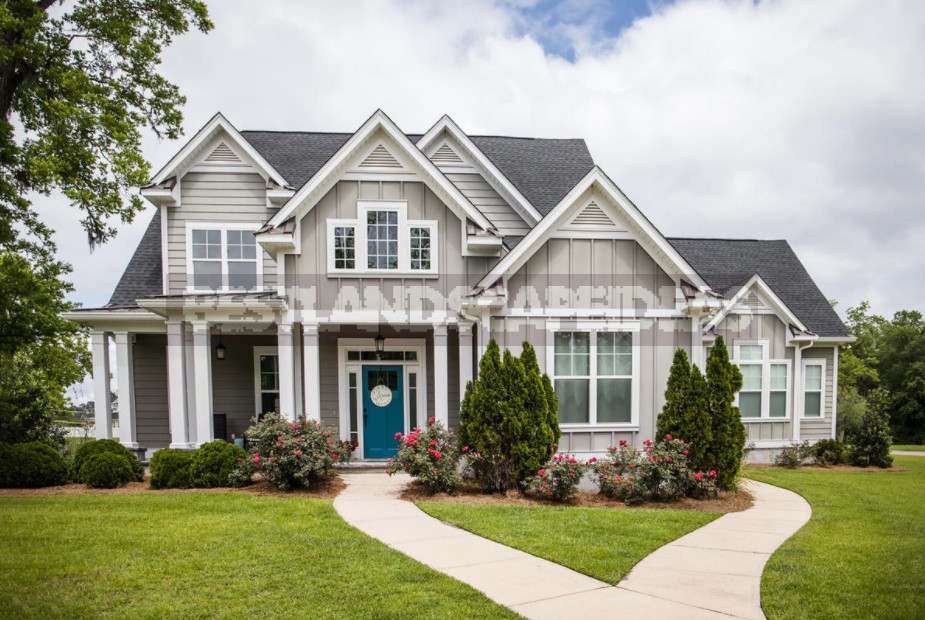
Slope
This parameter is important both from a constructive point of view and from an aesthetic point of view. Steep pitched roofs, the surface of which is open to the eyes, are more demanding on the external characteristics of the coatings. In addition, some of them can only be used at a certain angle of inclination.
Term of ownership of the house
The choice of the type of roof will be different for houses with different planned service life. If you are building an ancestral nest for your family for several generations to come, then it is wise to choose the material with the maximum service life. Such as slate slabs, copper seam panels or natural glazed tiles. It is enough to cover a temporary house with a rolled bitumen-polymer coating.
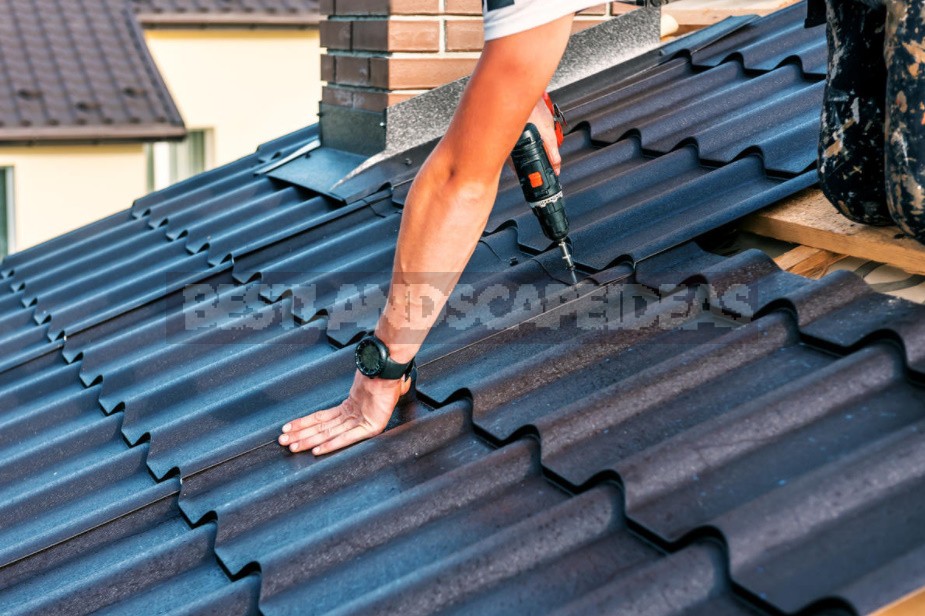
Operating conditions
The external environment is also of great importance. So, in hot climates, mainly tile roofs are used, which are resistant to the effects of solar infrared and ultraviolet radiation. But for tiles, hurricane winds are dangerous, as well as tall trees growing close: falling branches can break fragile tiles.
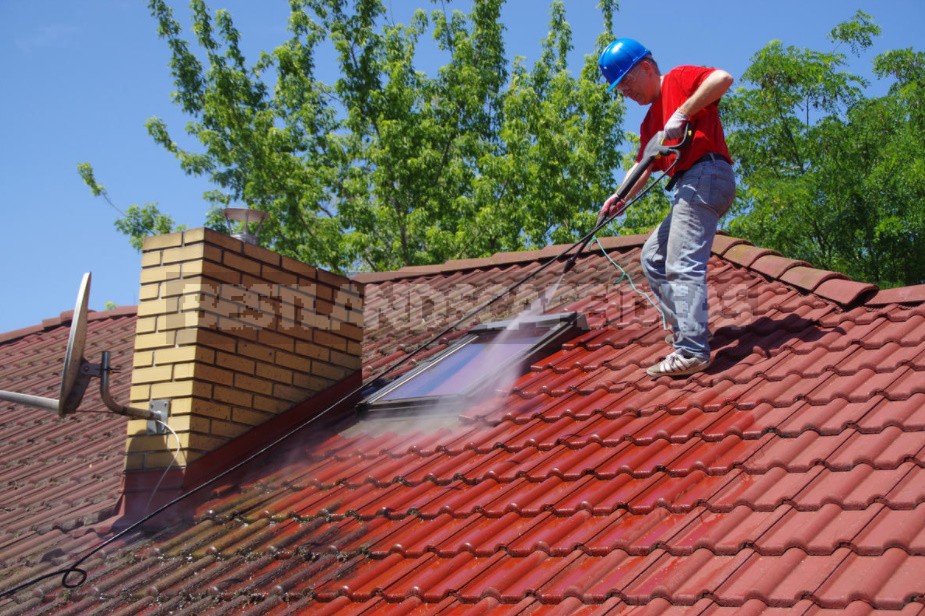
The choice of coverage also depends on how much snow falls in the region. For its retention, shingles with a non-slip surface (soft shingles) are better suited. With a warmed pitched roof and a heated attic floor, the delayed layer of snow on the roof in winter serves as additional insulation and allows you to save money on heating the house.
Although fires are relatively rare to start from the roof, highly flammable and fire-supporting materials such as wood, straw, and bitumen are not recommended for use in dense buildings or close to potentially combustible vegetation.
Style solution
If the house is built in a certain architectural style, then the choice of roof is limited to classic natural solutions with a long history of use. The most decorative type is slate, copper, tile, wooden, thatched and green roofs.
Types of roofing materials
Roll materials
Cheap and short-lived versions of rolled materials are produced on the basis of cellulose and ordinary bitumen. More reliable and expensive ones are made of fiberglass, glass mesh or synthetic cloth and modified bitumen, or bituminous polymer. Roll coverings without a base are also produced.
Premium grades of rolled roofing have a multi-layer structure. Mineral granulated sprinkling is applied on top. It creates an additional protective layer and increases the aesthetic appeal.
Soft roof tiles
This material is produced on the basis of fiberglass, fiberglass or cellulose fiber, which are impregnated with modified bitumen. A layer of mineral colored granulate is applied to the outer surface of soft bitumen shingles, and its reverse side is covered with a layer of self-adhesive bitumen.
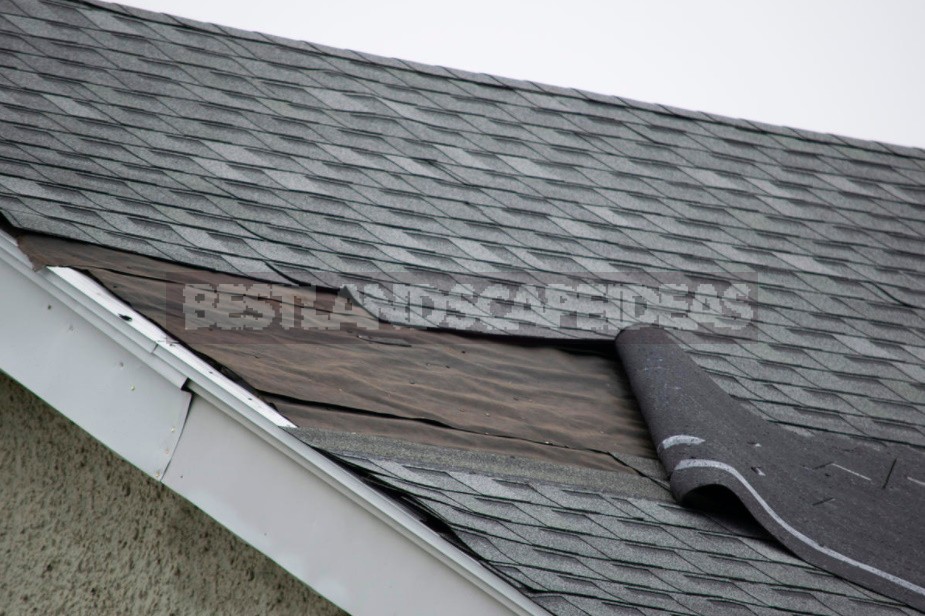
In contrast to the cheap flat and single-color options, the more expensive, so-called architectural varieties, have a multi-colored relief surface that imitates individual tiles. The most expensive varieties of soft bitumen shingles can be laminated with a layer of metal.
The coating based on fiberglass is the most high — quality. It does not crack over time, and basalt sprinkling protects it from mechanical influences (falling branches). Such a roof can last more than 50 years.
The rolled covering uncut on separate shingles with a pattern imitating a tile tile is called a rolled tile.
Wavy-bituminous cellulose sheets
This can be called any wavy material other than asbestos-cement slate (for example, keramoplast). However, most often this term refers to bituminous-cellulose sheets of various manufacturers. There is also a small-format version that imitates the shape of the waves and the color of the tiles.
Metal roofs
There are several of the most common metal coating options:
- smooth galvanized or painted steel sheets;
- aluminum or copper sheets, laid in the form of strips with a folding lock or molded in the form of tiles with laying under the tiles;
- profiled galvanized steel sheets, painted or with a polymer coating( profiled flooring);
- seam roof in the form of strips with a polymer coating and pre-made locks at the factory;
- molded steel sheets with a polymer coating or additional application of mineral granulate (metal tile) to the surface.
Natural roof tiles
Currently, there are three main types of such a roof: ceramic, cement-sand and polymer-sand. All these types of tiles can be produced in their natural form, with a glazed or with a layer of clay powder surface.
Conclusion
Taking into account certain climatic conditions, the configuration of the roof, the intended purpose and the planned service life of the building, you can choose the best option. At the same time, it is necessary to focus on the cost, durability, maintainability and aesthetics of the material. The roof covering is only the outer layer of the roof. When choosing, you should compare not only its cost, but also the cost of the entire roof structure of the house, due to the requirements for a particular climatic region.






